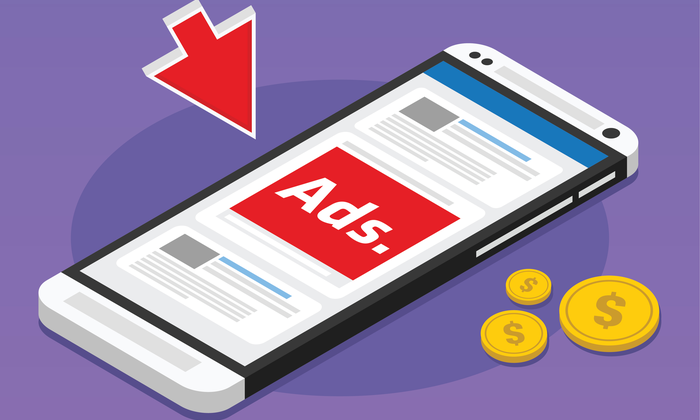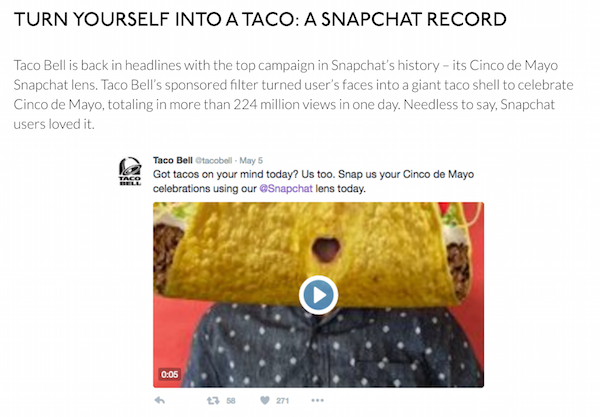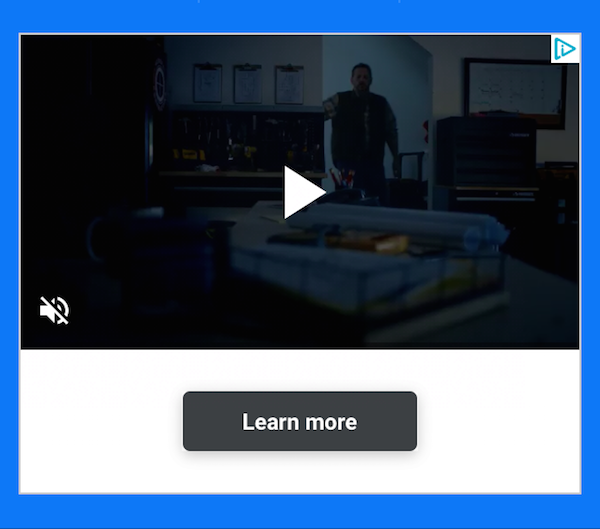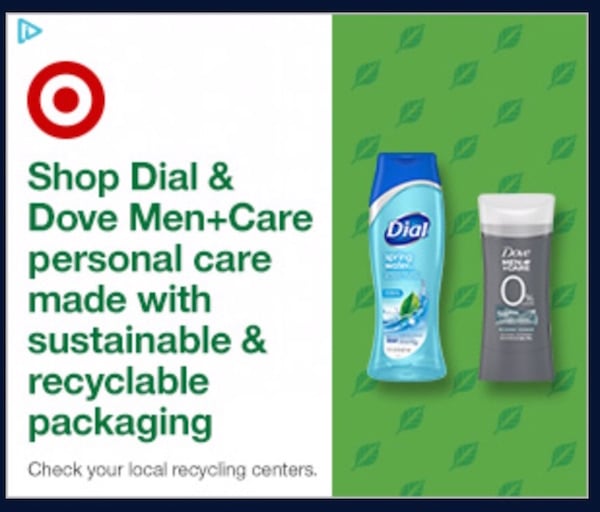
Marketers are likely to use desktop computers to create and deploy paid ad campaigns, so we may be primed to design with a desktop user in mind.
With so many people using mobile devices, however, the chances of people viewing those ads on mobile devices are high. By taking a mobile first ppc approach, you can ensure mobile users have the best experience with your ads and are more inclined to click through to your landing page or website.
Why Should You Create Mobile First PPC Ads?
As you create your PPC ads, a mobile-first approach can be an efficient way to think through how these will play out.
It’s important to remember mobile-first PPC ads can be compatible with desktop ad viewing as well. In other words, optimizing for mobile first can be beneficial across the board.
Let’s talk about some numbers. The average adult spends over three hours on a mobile device per day, and mobile usage now exceeds desktop usage.
Do you need some more reasons to think mobile-first?
- Google does mobile-first indexing
- mobile shopping continues to rise
- thinking mobile-first means thinking about the customer journey and the entire user experience
- mobile-first parameters could force you to be more creative and develop interactive content that is cutting edge
How to Optimize Your Mobile First PPC Ads
Optimizing your PPC ads for mobile means thinking about how mobile users will engage with your ads. The goal is to convince the user to click through, so you need to think about everything from the visuals to the interactive elements. These are designed to encourage the user to interact with your ad.
There are lots of ways you could go about optimizing your ads for mobile-first, but it really comes down to your approach. As you think about your mobile user, you can take a number of various paths. To get you started, here are a few ways to rethink your mobile-first PPC ads.
Include Interactive Content
One of the top goals for your mobile-first PPC ad is to actually grab the attention of your viewers. Interactive content can be a way to redirect attention away from the webpage, game, app, or social media platform currently occupying them.
Interactive content could include playable minigames, giving people a preview of a full game or letting them play a little game related to your product, or an immersive, 360-degree video experience.
You can also incorporate virtual reality in your ad.
To leverage this kind of engagement, you may need to build the interaction on a platform outside the ad, with the mobile-first PPC ad pointing to the interactive content.
For example, Taco Bell created a Snapchat filter to let you turn your head into a taco for a Cinco de Mayo promotion.

They then created mobile-first ads, encouraging people to head over to Snapchat and try out the filter for themselves. They knew the draw was for people using mobile devices.
Not only did they create an ad made for mobile, pointing people to a mobile interactive option, but the engagement also encouraged people to share on a mobile platform so their friends could also see.
Use Features That Work With or Without Sound in Your Mobile First PPC Campaigns
We all use our mobile devices everywhere, and some places aren’t sound-friendly. Whether you’re at work or in a quiet location, you may not want sound blaring from an ad. Nothing makes us close out an ad without interacting with it than interrupting noise.
Making your sound optional (on video or another engaging feature of your ad) could increase the chances people actually view and click through, rather than just clicking away.
You can do this by defaulting to mute and letting the user choose to turn the sound on.
Here’s an example of a Home Depot in-app video ad, with an on/off sound toggle.

There’s another important angle here too. Not only should the sound be optional, but your mobile-first PPC should also be descriptive and digestible without the sound. This can make it ADA compliant and understandable for anyone viewing the ad without sound. Ensuring your ad works well without audio might mean using relevant text or closed captioning in videos.
Keep the Copy and Videos Short in Your Mobile First PPC Ads
When it comes to getting your message across in your mobile-first PPC ad, getting right to the point is key.
This is an example of where mobile-first is good practice overall. Short ad copy can pack a punch.
Quickly introduce your brand and products or services by getting to the heart of the matter. What’s the pain point? Why do your customers come to you? What keeps them coming back?
Skip the fluff and hit the point right up front.
In doing so, make sure your call to action (CTA) is clear and compelling. Keep your audience wanting more, and then tell them exactly how to get that information by directing them to your landing page or website.
A/B Test Your Mobile First PPC Ad Copy
You should be A/B testing no matter what kind of ad you are creating, but mobile-first PPC ads can especially benefit from it. Running side-by-side ads allows you to monitor the stats over time and analyze the behavior of those who interact.
As you watch the data come in, be sure to check which ones are getting clickthroughs from mobile users. Hone in on what’s getting engagement and continue to tweak, build, and test PPC ads around the variables most likely to get clicks from mobile users.
Over time, you’ll start to see which content, images, features, and more are garnering the kind of attention and engagement from mobile users that you’re looking for in your mobile first PPC ads.
In short, the ones people are clicking on are the ones you want to emulate. Lean into those that work and let the numbers drive future mobile-first PPC campaign decisions.
Include Location and Phone Number Extensions
All PPC ads should have the information an interested customer needs in order to engage with that brand, but location and phone number extensions are especially important for a mobile first PPC ad campaign.
Giving the user these options built right into the campaign means they can click your ad and open a map location or call your number immediately.
In these ways, you are saving the customer a step. Suppose they’re wondering how convenient your brick-and-mortar location is or have a question that’s easier to ask you directly. In that case, they can do so immediately from the device they are using without having to go through another search or go to your website to find out more.
The fewer steps they need to take, the more likely they will engage with you if your brand suits their needs.
Use Mobile Site Links in Your Mobile First PPC Ads
When you are creating mobile first PPC ads, you need to think about the entire campaign infrastructure. It’s not just about the ad itself but also everything a user will interact with in relation. In other words, you need to think about what they will do next after they see your ad and respond to your CTA.
For mobile-first PPC, you need to make sure your landing page (and your website as a whole) are optimized for mobile.
Think about the user experience. Your potential customer sees your ad in an app, on a webpage, or maybe from a web search on their mobile device. They are intrigued by your copy, images, and CTAs.
They click through to the landing page the ad points to, but here’s where it breaks down. Suddenly the page is hard to read, images are wonky, they have to scroll through too much space to get to any content, and they ultimately can’t find the information they were looking for.
They close your page without acting. It had great potential but ended in defeat.
Optimize your page for mobile to ensure that doesn’t happen.
At the very least, make sure the page is mobile responsive to give the customer the best experience. Keep copy short and images clear and minimal to ensure they aren’t stuck scrolling endlessly.
Make the next step clear and unmistakable. Ensure they can purchase directly from a mobile site if that’s your intent. Otherwise, make whatever the next step is very easy to do on a mobile device.
Optimize Your Mobile Site Page Speed for Your Mobile First PPC Ads
We touched on this above, but we need to dive a little deeper into this topic. Your landing page and the website it lives on need to load at a reasonable speed so viewers don’t click away.
Sites that load more slowly tend to have an increased bounce rate.
When someone visits your web page, the last thing you want is for them to just bounce away without actually engaging with your content. After paying for that click through to your page, you want them to actually read or watch your content and then convert.
According to Pingdom, there is a direct relationship between page speed and how many people bounce from the website. The longer it takes the website to load, the higher percentage of visitors bounce away without interacting with any part of the website or going to any other page. In fact, when it takes more than 5 seconds, more than 40 percent of people leave.
There are a number of ways to increase your page speed to improve your bounce rate, including compressing images and limiting the number of additional features, plugins, and other extras you have on the website.
Use Clear Design in Your Mobile First PPC Ads
By design, mobile device screens are smaller than desktop screens. Therefore, you’ll want to consider the visual impact of your design. Design the images, copy, and more to ensure mobile users can see what you are trying to communicate.
Test your design on a mobile device or emulator to double-check that it looks good and is clear enough to read and understand.
Here’s an example of a Target ad that popped up in a weather app.

Immediately your eyes are drawn to the product, product name, and promise (about the recycled packaging). The Target logo is prominent and easily recognizable.
Conclusion
As you put together your next ad campaign, thinking about mobile first PPC is an efficient strategy, not only for your mobile viewers but for best practices overall.
In everything from the ad copy strategy and design to the end goal of a landing page or other engagement, putting mobile user experience first in your mind can help you ensure the majority of viewers have the best interaction possible and hopefully convert.
Successful PPC campaigns, in general, can help you reach your target market, and being ready to reach them on mobile is key.
Our team of experts are ready to help if you need help with your paid ad strategy. We also offer SEO and content marketing services.
How are you going to change up your next PPC campaign to be mobile-first?
About us and this blog
We are a digital marketing company with a focus on helping our customers achieve great results across several key areas.
Request a free quote
We offer professional SEO services that help websites increase their organic search score drastically in order to compete for the highest rankings even when it comes to highly competitive keywords.
Subscribe to our newsletter!
More from our blog
See all postsRecent Posts
- Web Hosting September 26, 2023
- Affiliate Management September 26, 2023
- Online Presence Analysis September 26, 2023

